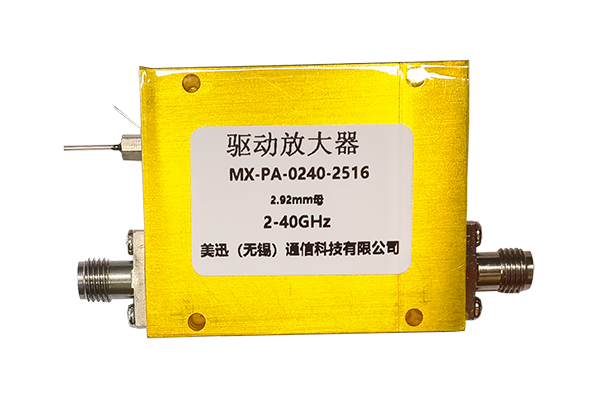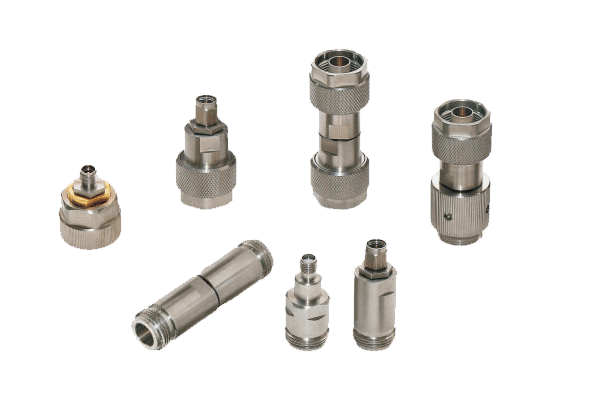
PIN diodes have evolved into key components for microwave and RF applications due to their built-in device properties Their prompt switching characteristics combined with low capacitance and small insertion loss enable efficient use in switching modulation and attenuation scenarios. The primary process that governs PIN diode switching is the modulation of current by varying the applied bias. Voltage bias impacts the depletion layer width across the junction and consequently the conduction. Varying the bias voltage facilitates reliable high-frequency switching of PIN diodes with small distortion penalties
When precise timing and control are needed PIN diodes are frequently embedded within advanced circuit configurations They can serve in RF filter networks to selectively transmit or block specific frequency ranges. Their capability to tolerate high-power signals allows deployment in amplifiers power dividers and generator equipment. The push for compact efficient PIN diodes has led to broader use in wireless communications and radar systems
Analyzing the Performance of Coaxial Switch Designs
Coaxial switch design is a sophisticated process involving many important design considerations A switch’s performance is determined by its type frequency range and how well insertion loss is controlled. An efficient coaxial switch should reduce insertion loss while optimizing isolation between ports
Performance analysis requires evaluating key metrics such as return loss insertion loss and isolation. Evaluation is achieved through simulation studies analytical models and hands on experiments. Reliable operation of coaxial switches demands thorough and accurate performance analysis
- Simulation tools analytical methods and experimental techniques are frequently used to study coaxial switch behavior
- Temperature fluctuations impedance mismatch and manufacturing inconsistencies can strongly alter switch performance
- Recent innovations and trends in coaxial switch design prioritize better metrics together with reduced size and lower power draw
Low Noise Amplifier Optimization Methods
Optimization of LNA gain efficiency and overall performance is critical to achieve excellent signal preservation That involves meticulous transistor choice biasing arrangements and topology selection. Good LNA design practices focus on lowering noise and achieving high amplification with minimal distortion. Simulation and modeling techniques are essential for analyzing the noise consequences of design options. The objective is achieving a low Noise Figure which measures the amplifier’s ability to preserve signal strength while suppressing internal noise
- Selecting devices that exhibit low intrinsic noise is a primary consideration
- Correctly applied bias conditions that are optimal and suitable are vital for low noise
- Circuit topology significantly influences overall noise performance
Techniques of matching networks noise cancellation and feedback control contribute to improved LNA operation
Signal Path Control Using Pin Diodes

Pin diode switch arrangements provide adaptable and low-loss routing for RF signal management The semiconducting switches operate at high speed to provide dynamic control over signal paths. A major advantage of PIN diodes is low insertion loss and high isolation which reduces signal degradation. Typical applications include antenna switching duplexing and RF phased arrays
Operation relies on changing the device resistance via applied control voltage to switch paths. In the open or deactivated condition the device offers large resistance that prevents signal passage. When a positive control voltage is applied the diode resistance decreases reduces or falls allowing RF signals to pass
- Moreover PIN diode switches combine quick transitions low consumption and compact form factors
Different design configurations and network architectures of PIN diode switches provide flexible routing functions. Arranging multiple switches in networked matrices enables flexible routing and dynamic configuration
Evaluation of Coaxial Microwave Switch Performance

Testing and assessment of coaxial microwave switches are crucial to ensure efficient operation within systems. Many factors such as insertion reflection transmission loss isolation switching speed and spectrum range govern switch performance. Thorough evaluation entails measurement of these parameters under diverse operational environmental and testing circumstances
- Moreover additionally furthermore the evaluation ought to include reliability robustness durability and environmental tolerance considerations
- The end result of a solid evaluation produces essential valuable and critical data to support selection design and improvement of switches for defined applications
In-depth Review of Noise Suppression in LNA Circuits
Low noise amplifier circuits are central to RF systems for enhancing weak signals and limiting internal noise. The article delivers a wide-ranging examination analysis and overview of methods used to reduce noise in LNAs. We explore investigate and discuss key noise sources including thermal shot and flicker noise. We examine noise matching feedback loop designs and bias optimization techniques for noise mitigation. The review underlines recent breakthroughs like innovative materials and circuit architectures that achieve lower noise figures. Offering a thorough understanding of noise mitigation principles and methods the review helps designers and engineers build high performance RF systems
High Speed Switching Roles of PIN Diodes

PIN diodes possess remarkable unique and exceptional traits that fit them well for high speed switching systems Low capacitance combined with low resistance produces rapid switching for applications requiring precise timing. Their proportional voltage response enables controlled amplitude modulation and reliable switching behavior. Their versatility adaptability and flexibility position them as suitable applicable and appropriate for a wide array of high speed use cases Common applications encompass optical communications microwave circuits and signal processing hardware and devices
Coaxial Switch Integration and IC Switching Technology
Integrated coaxial switch circuits offer advancement in signal routing processing and handling across electronic systems circuits and devices. Such integrated circuits are built to control manage and direct signal flow over coaxial lines while delivering high frequency performance and low propagation or insertion latency. IC miniaturization supports compact efficient reliable and robust designs appropriate for dense interfacing integration and connectivity contexts
- With careful meticulous and rigorous execution of these strategies designers can obtain LNAs exhibiting excellent noise performance for sensitive reliable systems Through careful meticulous and rigorous application low-noise amplifier of such methods engineers can design LNAs with top tier noise performance enabling dependable sensitive systems By rigorously meticulously and carefully implementing these techniques practitioners can achieve LNAs with remarkable noise performance for sensitive reliable electronics By meticulously carefully and rigorously adopting these practices designers can deliver LNAs with excellent noise performance supporting reliable sensitive systems
- Applications of IC coaxial switch technology span telecommunications data communications and wireless networks
- These technologies find application in aerospace defense and industrial automation fields
- These technologies appear in consumer electronics A V gear and test and measurement setups
LNA Design Challenges for mmWave Frequencies

LNA engineering for mmWave bands involves dealing with increased attenuation and heightened noise impacts. Component parasitics strongly influence mmWave performance mandating careful PCB layout and component choice. Reducing input mismatch and boosting power gain are critical essential and important for LNA functionality at mmWave. Selecting the right active devices including HEMTs GaAs MESFETs and InP HBTs helps secure low noise figures at mmWave. Moreover additionally furthermore the development implementation and tuning of matching networks plays a vital role in ensuring efficient power transfer and impedance match. Careful management of package parasitics is necessary to prevent degradation of mmWave LNA performance. The use of low-loss lines and careful ground plane planning is essential necessary and important to limit reflections and sustain bandwidth
Modeling Strategies for PIN Diode RF Switching
PIN diodes operate as essential components elements and parts in diverse RF switching applications. Precise accurate and comprehensive characterization of these devices is essential to support design development and optimization of reliable high performance circuits. It consists of analyzing evaluating and examining electrical voltage current characteristics including resistance impedance and conductance. Also characterized are frequency response bandwidth tuning capabilities and switching speed latency response time
Additionally the development of accurate models simulations and representations for PIN diodes is vital essential and crucial for predicting their behavior in RF systems. Numerous available modeling techniques include lumped element distributed element and SPICE approaches. Selecting an appropriate model simulation or representation depends on the specific detailed application requirements and the desired required expected accuracy
Advanced Strategies for Quiet Low Noise Amplifier Design
Designing low noise amplifiers necessitates detailed attention to topology and component choice to reach best noise figures. Recent semiconductor innovations and emerging technologies facilitate innovative groundbreaking sophisticated design methods that reduce noise significantly.
Some of the techniques include using implementing and employing wideband matching networks selecting low noise transistors with high intrinsic gain and optimizing biasing schemes strategies or approaches. Further advanced packaging approaches together with thermal management methods play a vital role in minimizing external noise contributions. Through careful meticulous and rigorous implementation of these approaches engineers can achieve LNAs with exceptional noise performance supporting sensitive reliable systems
